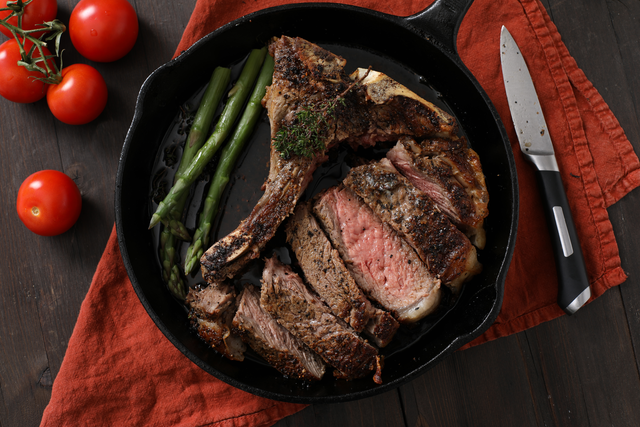
Many people want to know how much fat to eat for weight loss when turning to a low carbohydrate diet. The short answer is that your body will begin to regulate your intake of calories, and overall fat intake, preventing you from overeating fat. Here’s how it works:
The first source your body draws on for energy is carbohydrates. This is because carbohydrates turn into sugar in the body, making it an easy source to generate energy. When the body is deficient in carbs, it next turns to fat to burn. When fat becomes the primary source of energy for your body, this naturally signals weight loss for the rest of the body. Eating a diet high in fat, and that restricts carbohydrate, produces excellent weight loss while keeping you full and satisfied.
What you eat is as important as how much you eat. When eating a diet higher in fat and lower in carbohydrates, most of your daily intake will come from foods such as eggs, cheese, meats, seafood and low-carbohydrate vegetables. Your body should get more than 50 percent of your daily intake of calories from fat. When this happens, your body begins to feel satiated. You don’t feel those highs and lows like you did when you were eating carbohydrates and you rarely feel pangs of hunger. This prevents you from overeating and in turn limits your total daily calorie intake.
So while you are limiting the amount of carbs in your diet, remember to eat fats to help keep you on a path to success. Eat slowly and give your body a chance to feel the satiety signals from eating. Do not eat a large amount of food quickly. The feeling of satiety will lag behind your eating by 15 minutes. Eat slowly enough to allow this satiety feeling to catch up with your eating. Learning how to listen to your body’s signals is an important step in learning to eat right to get to and maintain and healthy weight.

